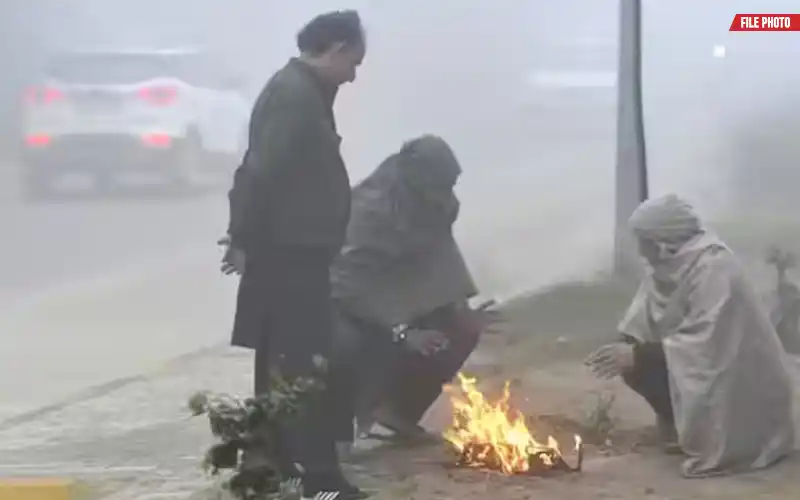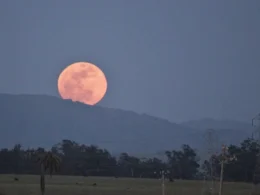Pakistan is likely to experience its coldest winter season in decades during 2025 due to the compounding La Niña climate pattern, experts warn in a new United Nations–backed weather report.
The latest report, compiled by the Intersector Coordination Group in collaboration with UN-OCHA, forecasts colder-than-usual temperatures, particularly in Khyber Pakhtunkhwa (KP) and Gilgit-Baltistan, where post-flood recovery remains delicate.
According to the report, La Niña occurs when Pacific Ocean surface temperatures cool abnormally, leading to extreme global weather patterns that can disrupt rainfall and temperature cycles.
The study indicates that continued negative phases of both the El Niño Southern Oscillation and the Indian Ocean Dipole will likely affect Pakistan’s weather, bringing varying rainfall patterns nationwide.
Northern Punjab, Khyber Pakhtunkhwa, Azad Jammu and Kashmir, and Gilgit-Baltistan may receive below-normal rainfall, while Sindh, Balochistan, and southern Punjab could experience near-normal rain levels this October.
Experts warned that the coldest winter in decades may exacerbate hardships for flood-hit families, stretching their coping capacity and complicating ongoing humanitarian and recovery efforts in remote regions.
Stay tuned to the Times of Karachi’s weather page for further updates and developments.
The report also cautioned about multiple risks, including disruptions to Kharif crop harvesting, increased dengue spread, glacial lake outburst floods, and reduced river inflows affecting irrigation supplies.
Additionally, stagnant floodwaters could heighten the risk of waterborne and vector-borne diseases such as cholera, diarrhea, malaria, and dengue, posing severe health threats in affected communities.
The UN-OCHA assessment highlighted “diminishing response capacity” among humanitarian organizations, with emergency stocks and funding nearly exhausted after three months of relief operations.
A geo-spatial study by the Food and Agriculture Organization (FAO) revealed that 1.2 million hectares of cropland in Punjab were submerged, damaging rice, cotton, and sugarcane harvests.
The damage coincided with the Rabi crop planting window, raising fears of food shortages, increased poverty, and reduced resilience among farming households already struggling to rebuild.
Over 229,000 homes remain damaged or destroyed, leaving thousands of families exposed to cold nights, health risks, and food insecurity as they await further assistance.
What is the La Niña climate pattern?
La Niña is a weather phenomenon marked by cooler-than-usual sea surface temperatures in the central and eastern parts of the equatorial Pacific Ocean.
It typically influences global weather by altering atmospheric circulation, which includes shifts in wind patterns, air pressure, and rainfall distribution in tropical regions.
What is the El Niño climate pattern?
El Niño is a recurring climate event that involves a rise in ocean temperatures across the central and eastern tropical Pacific. This warming is triggered by a weakening of the trade winds, which allows warmer water to move eastward toward the coast of South America.
Occurring every two to seven years, El Niño can significantly disrupt global weather systems—causing heavy rains in some areas and dry conditions in others.
It is one phase of the broader El Niño-Southern Oscillation (ENSO), with La Niña representing the opposite phase, characterized by cooler ocean conditions.











